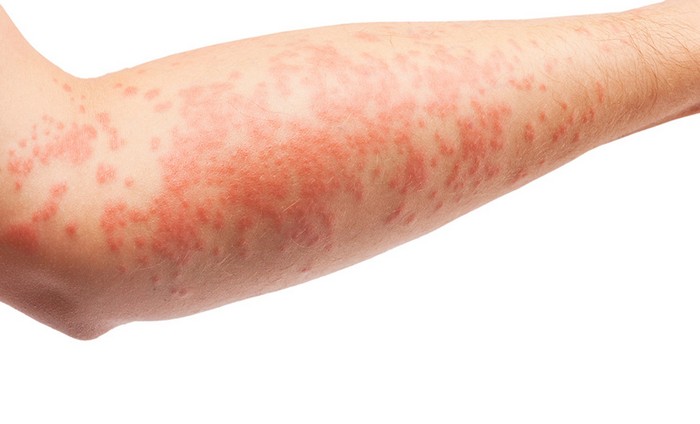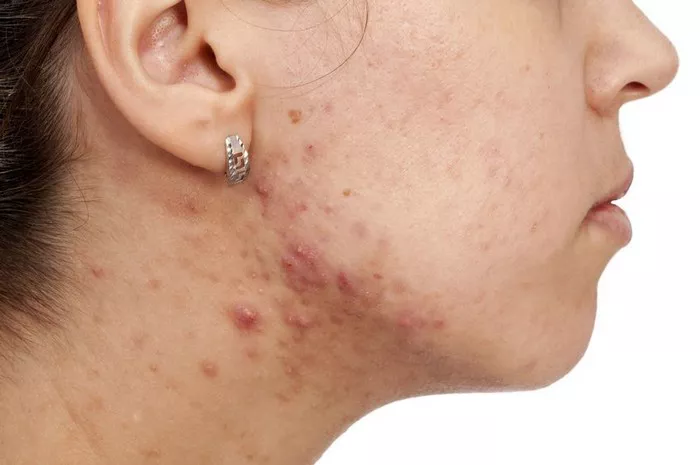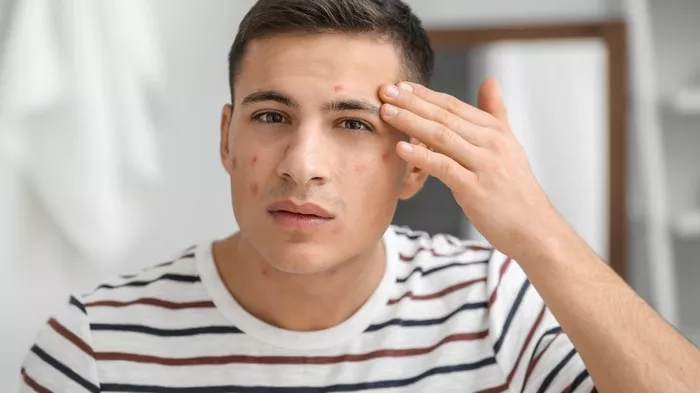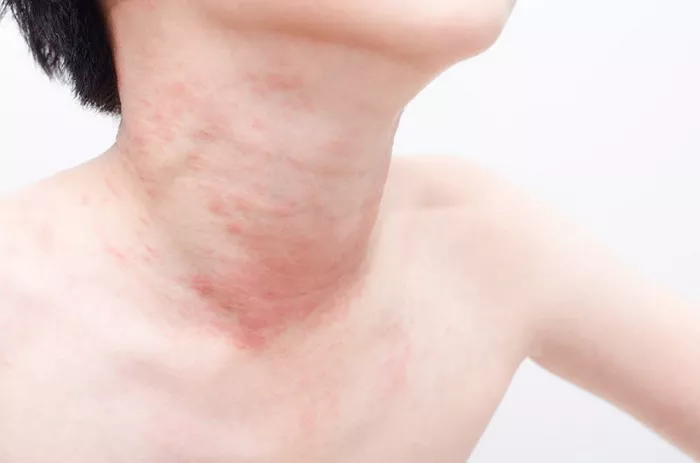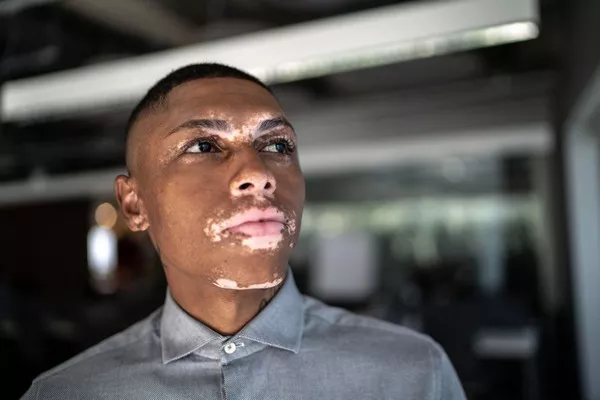Eczema is a chronic skin condition characterized by inflammation, itchiness, and the development of various skin lesions. It affects millions of individuals worldwide, with varying degrees of severity. Understanding the nature of eczema bumps, their appearance, causes, and management strategies is essential for effective treatment and improved quality of life for those affected.
Eczema Overview
Eczema encompasses a group of skin conditions that cause inflammation and irritation. The most common types include atopic dermatitis, contact dermatitis, and dyshidrotic eczema. Atopic dermatitis is the most prevalent form and often begins in infancy, with symptoms ranging from dry, itchy patches to oozing, crusted lesions. Contact dermatitis occurs when the skin comes into contact with an irritant or allergen, resulting in a localized reaction. Dyshidrotic eczema primarily affects the hands and feet, causing small blisters and intense itching.
Triggers for eczema flare-ups vary among individuals but commonly include:
- Allergens such as pollen, pet dander, and certain foods
- Irritants like soaps, detergents, and harsh chemicals
- Climate changes, particularly cold, dry weather
- Stress and emotional factors
- Hormonal changes
Eczema Bumps Explained
Eczema bumps, also known as papules, are small raised lesions that develop on the skin during eczema flare-ups. These bumps can vary in size, color, and texture depending on the type and severity of eczema. They often appear red or pink and may be accompanied by intense itching.
The inflammatory process underlying eczema bump formation involves various immune cells and mediators. When the skin barrier is compromised, as is common in eczema, allergens and irritants can penetrate the skin, triggering an immune response. This response leads to inflammation, causing the skin to become red, swollen, and itchy. Over time, repeated inflammation can result in the formation of papules or bumps.
It’s important to note that unlike infected pimples, eczema bumps typically do not contain pus. Instead, they are primarily composed of inflamed skin tissue. In some cases, eczema bumps may have clear fluid inside, known as serous fluid, which is a result of the inflammatory response.
Differential Diagnosis
Distinguishing eczema bumps from other skin conditions is crucial for accurate diagnosis and appropriate treatment. Common conditions that may resemble eczema bumps include:
1. Insect Bites: Insect bites can cause raised, red bumps similar in appearance to eczema bumps. However, insect bites often have a central puncture mark and may be associated with pain or itching at the site of the bite.
2. Hives (Urticaria): Hives are raised, itchy welts that can vary in size and shape. Unlike eczema bumps, hives typically come and go quickly and may be triggered by allergic reactions or other factors.
3. Acne: Acne lesions, such as pimples and blackheads, can sometimes be mistaken for eczema bumps. However, acne lesions often contain pus and are typically found in areas with a high concentration of oil glands, such as the face, chest, and back.
Visual aids, such as images or illustrations, can be helpful in differentiating between these conditions and eczema bumps.
Treatment and Management
Managing eczema and reducing bump formation requires a comprehensive approach that addresses both symptom relief and long-term control. Treatment options may include:
1. Topical Corticosteroids: These anti-inflammatory medications are often prescribed to reduce itching and inflammation associated with eczema bumps. They come in various strengths and formulations and should be used under the guidance of a healthcare professional.
2. Moisturizers: Keeping the skin well-hydrated is essential for managing eczema. Moisturizers help repair the skin barrier and prevent moisture loss, reducing the risk of flare-ups and bump formation.
3. Antihistamines: Oral antihistamines can help relieve itching associated with eczema, promoting better sleep and overall comfort.
4. Avoiding Triggers: Identifying and avoiding triggers that exacerbate eczema symptoms is key to preventing flare-ups and reducing bump formation. This may involve making lifestyle changes, such as using gentle skincare products and avoiding known allergens and irritants.
5. Consulting a Dermatologist: For proper diagnosis and personalized treatment recommendations, it’s important to consult a dermatologist or healthcare provider specializing in skin conditions. They can assess the severity of eczema, identify specific triggers, and tailor a treatment plan to individual needs.
Conclusion
In conclusion, eczema bumps are a common manifestation of eczema flare-ups, characterized by small raised lesions on the skin. Understanding their nature, causes, and management strategies is essential for effective treatment and improved quality of life for those affected by this chronic skin condition. By implementing proper skincare practices, avoiding triggers, and seeking professional guidance, individuals can better manage eczema and reduce the occurrence of bumps and other symptoms.

